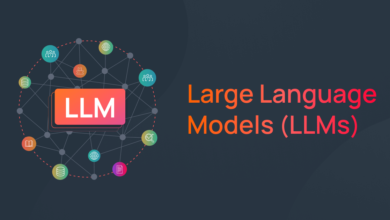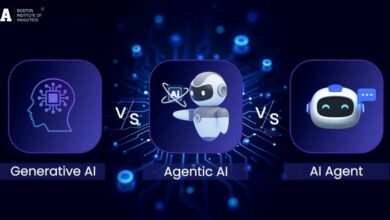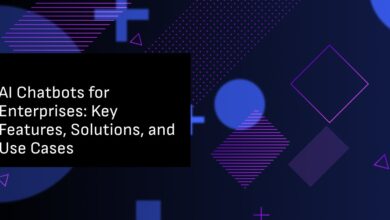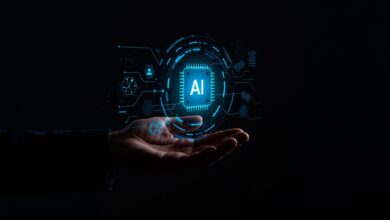Unlocking the AI Investment Landscape: A Practical Guide to Real Development Costs in 2025

As someone who’s worked hands-on with digital product teams and seen AI evolve from a distant concept to a daily reality, I can tell you that AI development costs in 2025 aren’t just line items on a spreadsheet. They’re strategic decisions, often tied to hard-won lessons, resource allocation battles, and the kind of internal discussions that shape company direction.
When a client asked us in early 2025 what it would really cost to integrate an AI recommendation system into their retail platform, the answer wasn’t simple. We started with a rough range—somewhere between $60,000 and $150,000. But then came the deeper questions: What kind of data do you have? What experience does your dev team bring to the table? Are you looking for a flashy launch or a long-haul solution?
The Cost Landscape: Not All AI Is Built the Same
To be candid, the most basic AI—say a chatbot that can answer customer questions pulled from a static FAQ—might only cost $5,000 to $15,000. That’s if you’re using pre-built tools and limited integration.
More advanced AI, like a system that analyzes images from factory floors to spot defects in real-time, can run up to $200,000 or more. I’ve seen manufacturing clients invest nearly half a million dollars when accuracy, regulatory compliance, and training on proprietary data became part of the equation.
And for large-scale, deep learning systems—think AI platforms that process natural language across multiple languages or generate human-like responses in real-time—the development and deployment costs can surpass $500,000 easily.
A real-life example? A healthcare tech startup we advised in Q1 of 2025 allocated nearly $650,000 for an AI system that could predict patient outcomes from unstructured medical records. Between hiring specialized talent, securing GPU clusters, and ensuring HIPAA compliance, their cost skyrocketed—but so did their ROI once the system was live.
Key Factors That Shape the Final Bill
Let me walk you through five drivers that, from my personal experience, most impact AI costs:
1. Scope of the Problem You’re Solving
A narrow problem (e.g., classify customer sentiment) is cheaper than a broad one (e.g., design a full AI-driven customer experience system).
2. Data Condition
If your data is messy or inconsistent, you’ll spend a significant portion of your budget just cleaning and labeling it. This isn’t theoretical—we once spent 3 weeks with a retail client just mapping inconsistencies in their product catalog.
3. People Costs
Hiring a full-stack AI team in-house with even mid-level experience? That can cost six figures annually per person. Contractors or outsourced vendors might charge between $25–$45/hour. But quality varies, so we always advise a short discovery sprint first.
4. Compute Requirements
AI doesn’t run on empty promises—it needs computing power. Whether you’re using NVIDIA A100 GPUs or AWS SageMaker, compute time adds up fast. For one client’s training pipeline, compute costs alone touched $28,000/month.
5. Post-Launch Lifecycle
One of the most overlooked aspects. Once the system goes live, you still have retraining, system monitoring, updates, and compliance to deal with. These can cost $2,000–$10,000/month depending on scale.
Sample Cost Ranges Based on My Team’s Projects
| AI Application | Budget Range (USD) | Notes Based on Client Work |
| Simple FAQ Chatbots | $5,000 – $25,000 | Pre-built APIs, fast delivery |
| NLP for Customer Support | $50,000 – $125,000 | Custom training, live testing |
| Image Quality Detection | $100,000 – $200,000+ | Needs clear images + real-time inference |
| Generative AI (MVP) | $75,000 – $250,000+ | GPT-based tools with internal data |
| Predictive Risk Modeling | $45,000 – $110,000 | Training on client’s historic datasets |
Tips That Helped Us—and Our Clients—Save Costs
Start Lean
Always begin with a proof of concept. A retail client saved nearly $80,000 by identifying that their AI product matcher wasn’t needed for all categories.
Leverage Existing Tools
There’s no pride in reinventing the wheel. APIs from providers like OpenAI or Google Vision cut dev time in half.
Monitor Your Cloud Bill
One client’s storage bill nearly tripled in three months due to unarchived model logs. Automating cleanup saved $4,500/month.
Budget for Post-Launch
Your AI isn’t done at deployment. Retraining based on new data is critical. I advise setting aside 10–15% of your annual AI budget for ongoing ops.
FAQs From the Field
What’s a realistic starting budget for a small business?
A basic chatbot or lead scoring tool could cost between $10,000 and $30,000.
How much should we budget for cloud services?
For moderate AI workloads, expect $2,000–$8,000/month, though spikes can occur during model training.
Can we use open datasets to save money?
Yes, but be cautious. Public data may not align with your context. We often blend it with in-house data.
Should we build in-house or outsource?
Depends on your timeline and talent access. Outsourcing can be fast and cost-effective if managed well.
What’s the biggest unexpected cost we might face?
Data labeling and post-deployment debugging. Plan for both early.
Wrapping It Up
Real-world AI development cost isn’t about buzzwords—it’s about execution. Costs fluctuate based on what you need, how fast you want to get there, and what assets you already have. From my experience across multiple AI projects, thoughtful planning and measured experimentation always win out over flashy launches and unrealistic timelines.
Your AI journey doesn’t have to be risky. It just has to be smart.
And when in doubt? Start small. Learn fast. Scale wisely.





